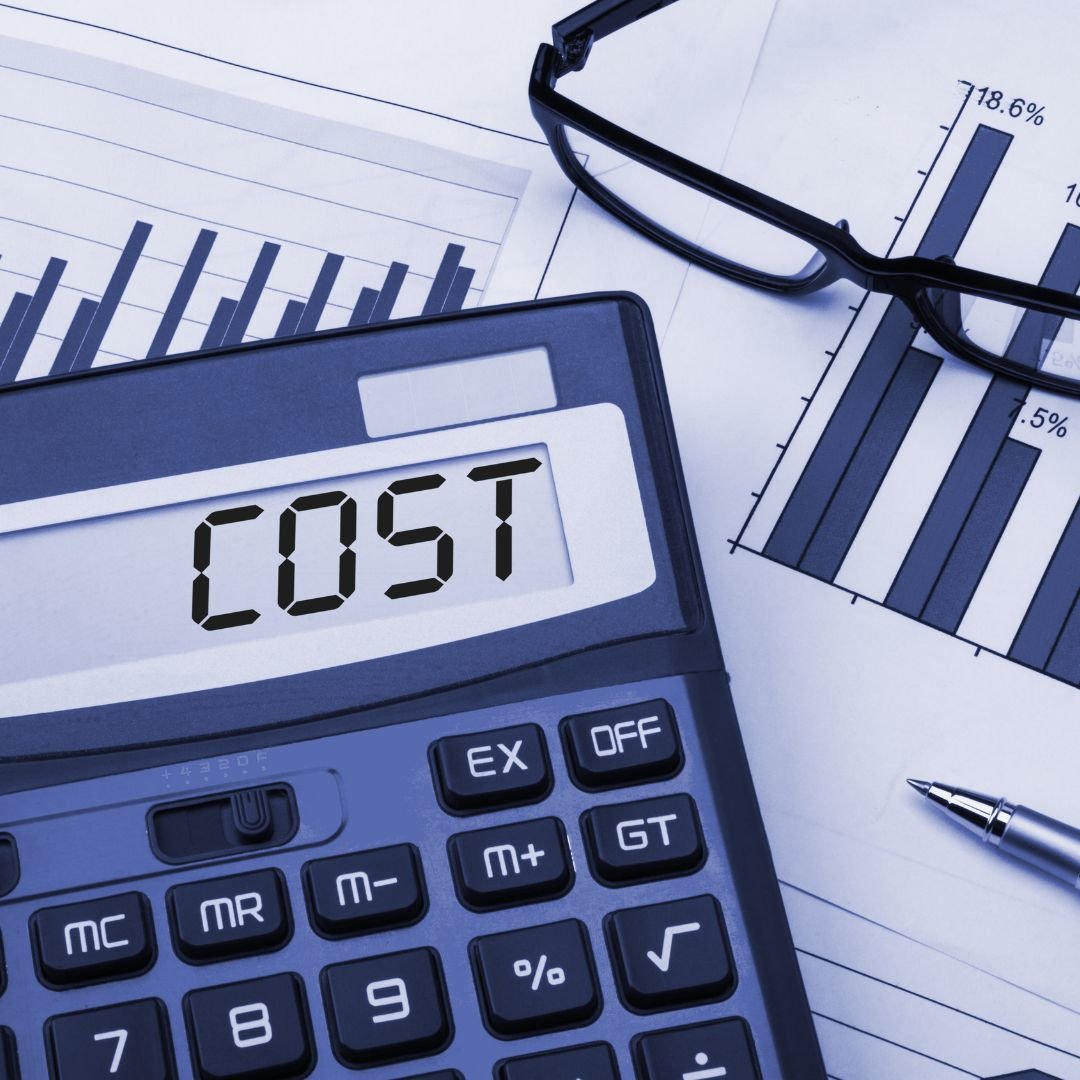How Much Will It Cost?
You can get more for your money by not starting with that question.
Whether it's a $7 million custom home or a $70,000 kitchen remodel, no one wants to pay more than they have to. So it's no surprise that the first question many people have for their architect, interior designer, or builder is about cost.
That's not a good starting point for getting the best house for the money.
The final project cost will depend on numerous factors, but that's an obvious statement and not very helpful. A custom home is a wildly complex undertaking, and you need a builder with a process designed to tame that complexity. The process is one of discovery, in which each step reveals more about the project details and pricing. It's a team effort where various pros collaborate with one another as well as with the homeowner.
The first step in most custom home projects is for the architect to generate a big-picture design concept that in theory can be built with the homeowner's stated budget. We say in theory because this initial design-budget match is an educated guess and seldom accurate. The builder's team—which can include the builder, interior designers, engineers and various trade contractors—will drill down into the details, while working closely with the homeowners on the tradeoffs needed to make the numbers work.
This discovery process gets repeated for every part of the house. Let's illustrate with a kitchen example. We've heard homeowners begin the conversation about this space with something like "we want a big island with 10 chairs." But that description also represents the idea of an eat-in kitchen where people can easily interact with one another. Although a good builder-designer team will consider the island, they will also look for alternate ways to meet the homeowners' underlying goal, often at less cost.
This is called value engineering, and it can free up money for other features that make the kitchen a happier place, such as better lighting, storage or even some artwork. The builder's team will repeat this process for other parts of the home.
This process of designing and costing can be creative and exciting, but it can also require tough decisions. Even with the best value engineering, chances are that, once you've made all your design and product choices, the final budget will still be more than you originally expected, especially in an inflationary economy where product prices change daily. That's why your initial stated budget number should be less than your available resources. A reserve equaling around 20% is sufficient for most projects.
This gap between initial vision and final reality is also why square-foot estimating doesn't work. Homeowners naturally think that square-foot prices are the norm because they're available everywhere. You can get them from magazines, from realtors, and even from some builders, but the truth is that they're misleading. Square-foot prices assume a hypothetical "average" project, and average is not what you want in your new custom home.
Instead, you want a unique home that you love, and that can be built for the best possible price. The only way to get those results is to work with a professional builder's team using the discovery process outlined above. Yes, that process will take effort and include moments of uncertainty, but you will end up with something perfectly suited to your needs. And you will have had a hand in creating it.
Warm regards,
Tim Alexander
To read our entire August 2022 newsletter, click here.


